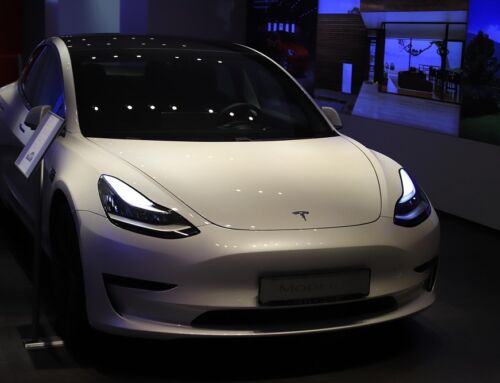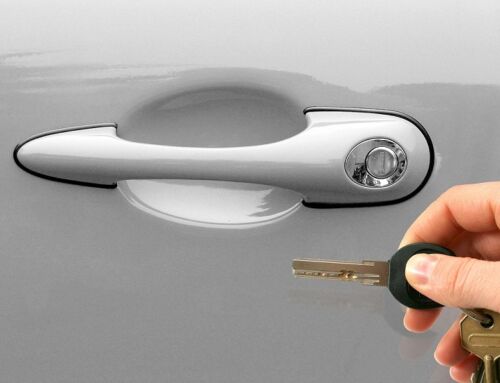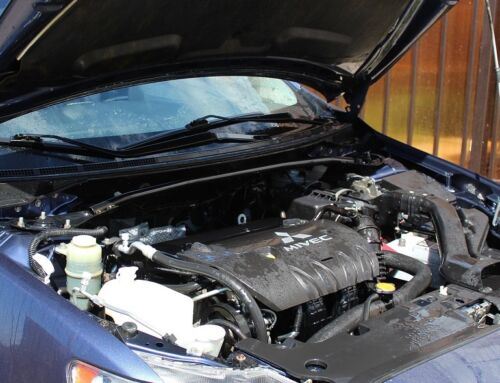Social media has taken the world by storm in the 21st century. With smartphones virtually becoming the norm, millions and millions of people access Twitter, Facebook, Instagram, and Snapchat every day. People go on these apps for their amusement, but can they be dangerous and even fatal?
Car accidents have become one of the leading causes of death in recent years. With the evolution of technology, distracted driving is becoming a problem in our society. At first it was things like texting while driving. Nowadays, apps like Snapchat are the culprit.
Snapchat has many filters that users have access to in order to customize their Snapchat photos and videos. These filters range from things like pets, locations, and now car speeds. With a Snapchat filter measuring how fast you are going, there is reason to believe that they can cause people to speed and even cause an accident.
In May 2017 in Walworth County, Wisconsin, a 17-year-old young male was driving at 123 mph. After one of the passengers opened Snapchat for the speed filter, the driver ran off the road and crashed into a tree which would lead to their deaths. The parents of the young men blamed Snapchat and the 9th U.S. Circuit Court of Appeals agreed that the parents have a right to pursue litigation against the company.
The parents of the young men soon pursued litigation against Snapchat after the fatal accident. The district court dismissed the case using Section 230 of the Communications Decency Act as their rationale. It protects tech companies from liability for what other people post. The court of appeals said it was not about what was posted to Snapchat but the design of the application. This basis would not fall under Section 230 of the CDA. The court also said that Snapchat should be treated like other companies whose products lead to injury or harm.
This lawsuit could open the door for others to challenge faulty product designs. If Snapchat is eventually to be found liable, then this could change the way that courts approach tech companies and Section 230 of the CDA. There is still a long way to go before that could happen though.
The speed filter dangles upon a fine line between user created post and dangerous product design. Snapchat gives a warning to the users that say” DO NOT SNAP AND DRIVE.” Despite the warning, using Snapchat at the wheel remains a dangerous temptation for many drivers. Social media apps like Snapchat are only going to increase in popular with more older users becoming “tech savvy” and with younger and younger people getting their hands on the latest smartphones. The question is whether apps like Snapchat are going to take more precautions with their designs in the future.






